Global Food Fortification Advocacy Toolkit
Implementing the World Health Assembly Resolution for Food Fortification
Implementing the World Health Assembly Resolution for Food Fortification
Vitamin and mineral deficiencies are a significant public health problem, affecting 1 in 2 children and 2 in 3 women of reproductive age worldwide. The impacts can be severe, including birth defects of the brain and spine, death in childbirth, childhood blindness, and compromised immune systems. Large Scale Food Fortification (LSFF) is a key part of the solution as the intervention best suited to tackle this enormous challenge at scale.
LSFF is the addition of vitamins and minerals to widely consumed foods and condiments to increase their nutritional value. Food fortification is still underutilised in many of the countries suffering the worst effects of malnutrition. That is why the World Health Assembly took action in 2023, passing a landmark resolution calling for accelerated efforts to advance food fortification and prevent micronutrient deficiencies.
We are left with five years to redouble our efforts to achieve Goal 2 of the U.N. Sustainable Development Agenda's target of ending malnutrition by 2030.
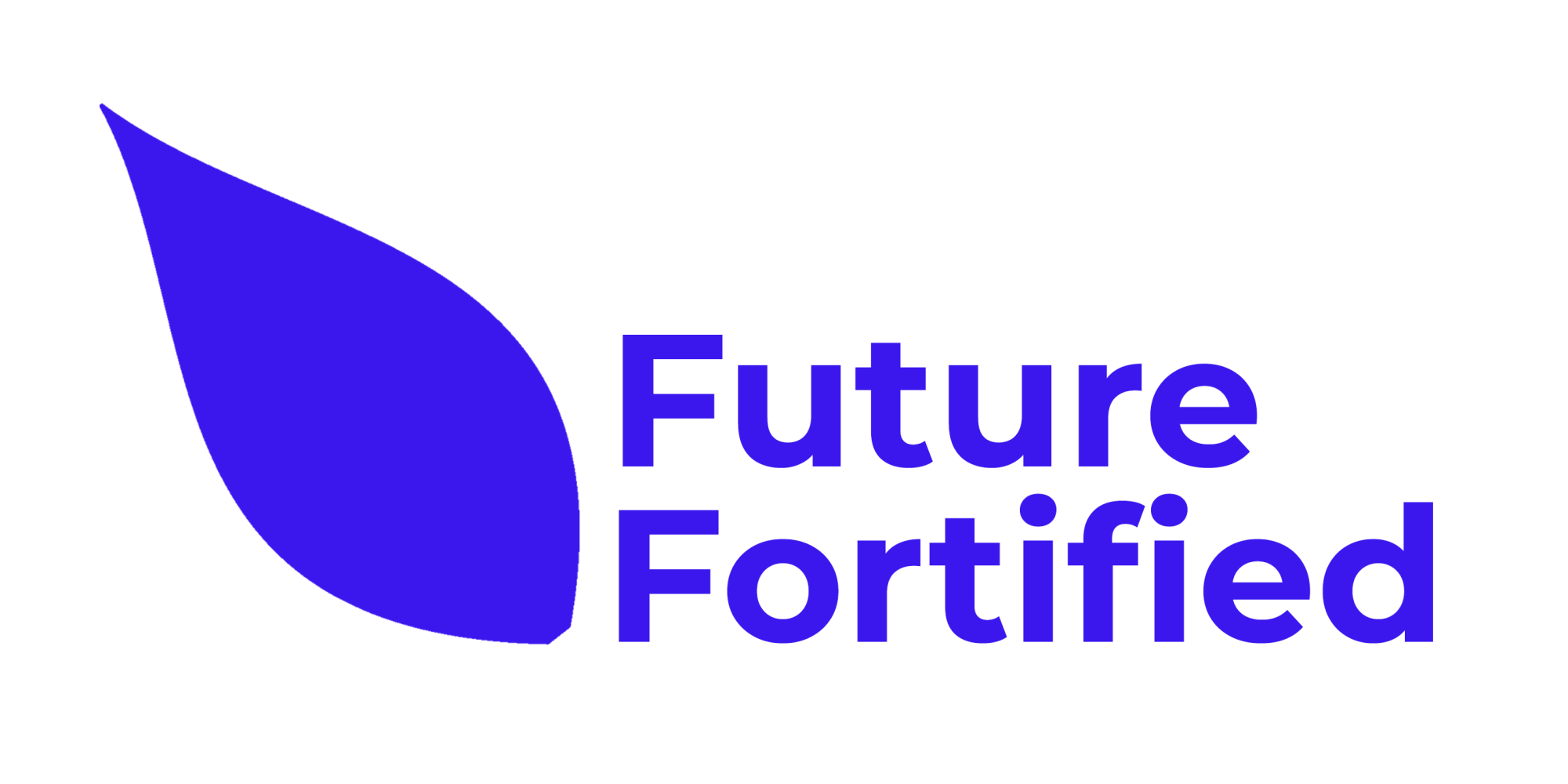
These briefs introduce the crisis of micronutrient malnutrition, present food fortification as a safe and cost effective part of the solution, and share steps to accelerate the impact of food fortification in response to the recent World Health Assembly resolution.
They are suitable for sharing with government officials and private sector leaders. They can also be used in outreach to local stakeholders.
Large-Scale Food Fortification is a Safe and Cost-Effective Strategy to Improve Nutrition
On May 29th, 2023, the World Health Assembly unanimously approved the resolution “Accelerating efforts for preventing micronutrient deficiencies and their consequences, including spina bifida and other neural tube defects, through safe and effective food fortification”.
This resolution became decision WHA76.19.
Decision WHA76.19 requests the WHO Director General to provide guidance, standards, and technical support to Member States as they pursue the use of food fortification and other interventions to combat micronutrient malnutrition.
Ministries of Health should be encouraged to update WHO on steps their country has taken to implement this resolution. Updates will be included in the Director General’s reports to the WHA in 2026, 2028, and 2030.
In the lead up to the 76th WHA, over 70 civil society organizations urged support for the food fortification resolution, representing the medical community, families impacted by Spina Bifida, advocacy groups, and development organizations, among others.
This 3-minute introduction to Food Fortification is suitable for sharing with government officials, private sector representatives, or coalition partners. The video is available in English and Amharic and subtitled in Amharic, Bangla, French, Hindi, Indonesian, Portuguese, Swahili, and Urdu. Find the playlist here
This communication guide contains tips for talking about food fortification to government officials, potential allies, and other audiences. It is a great resource to help advocates prepare for meetings and presentations.
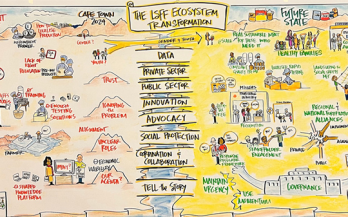
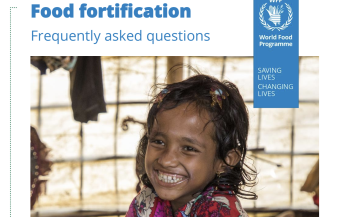
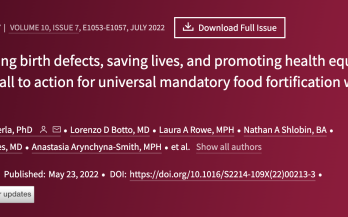
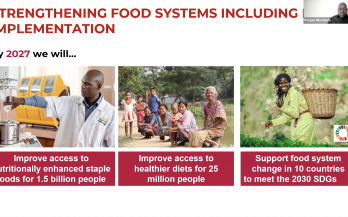



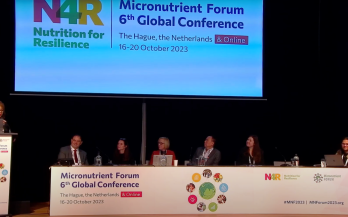



Senior Advocacy Specialist

Communications Director for the Food Fortification Initiative (FFI)